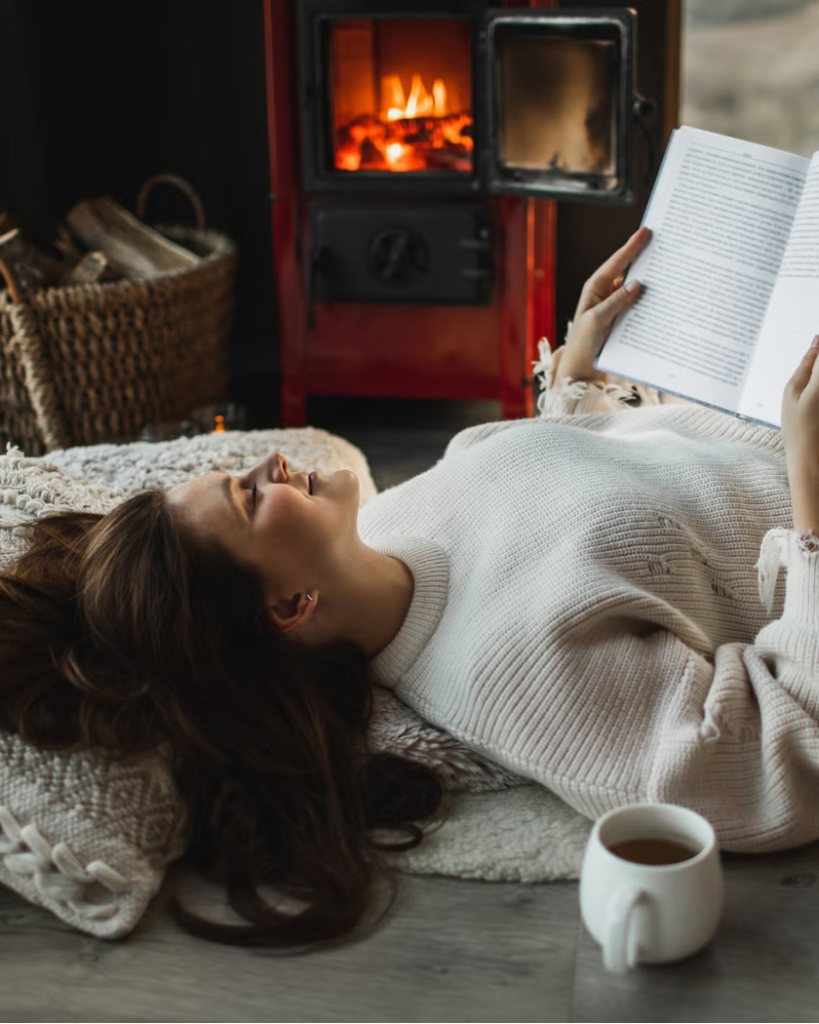
Heating a lake home in winter can add a noticeable expense, particularly when family members disagree over how warm the space should be. Turning up the thermostat may feel like the easiest solution, but it often leads to higher utility bills and unnecessary strain on heating systems. For homeowners who split time between urban residences and seasonal lake properties, understanding smarter ways to manage indoor comfort becomes essential.
Setting the temperature doesn’t have to be contentious. Before cranking up the heat, consider factors such as the size and layout of your home, the regional climate, and alternatives that reduce both costs and conflicts. Layered clothing and extra bedding, heating only the rooms that matter, adding a fireplace or space heater, and using modern tools like smart thermostats are all practical options that balance comfort with efficiency. The key is choosing the right combination of strategies that suit your property and your family’s lifestyle. From the Upper East to California’s lake regions, each area presents different challenges, but all can benefit from a thoughtful approach to winter warmth. Below are several ways to ease thermostat wars while keeping lake homes both cozy and cost-conscious.
Layer Up with Thermals

One of the simplest methods to reduce thermostat battles is layering clothing and keeping sweaters or thermal wear accessible. Even the vintage charm of a hot water bottle under a blanket can keep you cozy for hours and also warm up chilly sheets at night before bed. In regions where winters are cold but not relentlessly harsh—such as the Upper East and Mid-Atlantic lake regions—residents can comfortably reduce thermostat reliance by dressing appropriately indoors. This approach is not only cost-effective but also eliminates the constant adjustments that lead to higher bills. In homes where multiple generations gather, layered clothing provides individual control without frequent thermostat changes, especially when paired with warm socks or indoor slippers.
Heat Zoning

Another option is concentrating heat where it’s truly needed. Many lake homes, particularly in the Northern Great Lakes and Western lake regions, feature open layouts or multiple guest rooms that may sit unused for long stretches. Closing vents, shutting doors, and directing heat toward occupied spaces can save considerable energy. Zoning systems or portable heaters in main living areas ensure that only the most frequently used parts of the home remain warm, cutting down on both utility costs and unnecessary wear on central systems.
Invest in Smart Technology

Smart thermostats are one of the most effective tools for reducing disputes and energy waste. These devices learn usage patterns and adjust heating schedules accordingly, which works particularly well in seasonal lake homes across the Southeast and Texas lake regions, where temperature fluctuations can vary dramatically throughout a single day. Remote access allows homeowners to warm their properties before arrival, ensuring comfort without excessive energy use while the home is vacant. For weekend getaways or part-time residences, smart thermostats provide both peace of mind and long-term efficiency.
Targeted Warmth

Fireplaces and space heaters can be valuable tools for targeted warmth, especially in larger properties or great rooms that are costly to heat through central systems. In the Pacific Northwest and Northern Great Lakes regions, where winters tend to be damp and prolonged, adding supplemental heat in communal spaces makes gatherings comfortable without raising the thermostat for the entire home. However, safety is essential. Homeowners with children should use protective screens, maintain proper ventilation, and position portable heaters away from high-traffic areas to reduce fire risks. When managed correctly, these supplemental options provide cozy warmth and energy savings.
Blanket Statements

Extra bedding designed for colder seasons can prevent thermostat conflicts, particularly at night when people’s comfort levels diverge. Down comforters, flannel sheets, or layered blankets allow individuals to regulate personal warmth without requiring the entire home to be heated to higher temperatures. This strategy works especially well in the California and Mid-Atlantic lake regions, where temperatures can dip overnight but do not require continuous heavy heating. Bedding choices tailored to local climates—such as lightweight duvets in milder zones and heavier quilts in colder areas—keep bedrooms comfortable without overburdening the heating system.
Heat-Holding Materials

Material selection within the home itself can significantly affect temperature management. Lake homes in the Southeast, Texas, and Western lake regions can benefit from insulated window treatments, area rugs over hardwood or tile floors, and weather-stripping to reduce drafts. In colder climates, such as the Upper East and Pacific Northwest, choosing furniture with upholstered fabrics rather than leather or metal, and layering curtains with thermal linings, helps interiors feel warmer without adjusting the thermostat at all. These material upgrades are subtle but long-lasting, improving comfort while enhancing energy efficiency throughout the season.
Handling thermostat wars in lake properties requires both practicality and foresight. No single method works for every home, but a combination of strategies tailored to region, property size, and family lifestyle can significantly reduce both energy costs and tension. Whether layering clothing, upgrading bedding, or installing smart technology, each solution empowers homeowners to stay comfortable while maintaining efficiency. By focusing on targeted solutions and recognizing regional differences, lake homeowners across the U.S. can enjoy their winter retreats with fewer disputes and more control over their comfort.
For more inspiration on living your best lake life, visit Lake Homes Lifestyles. Stay cozy.

